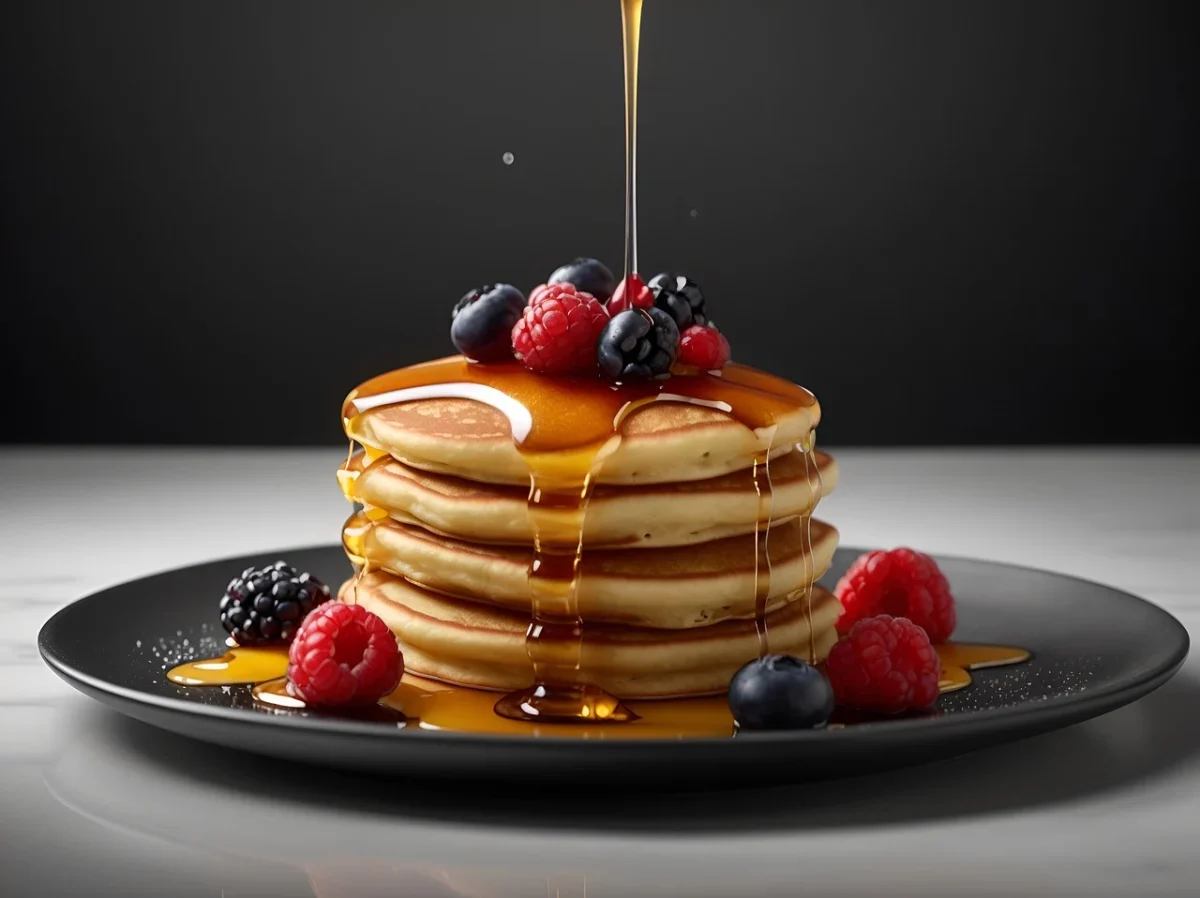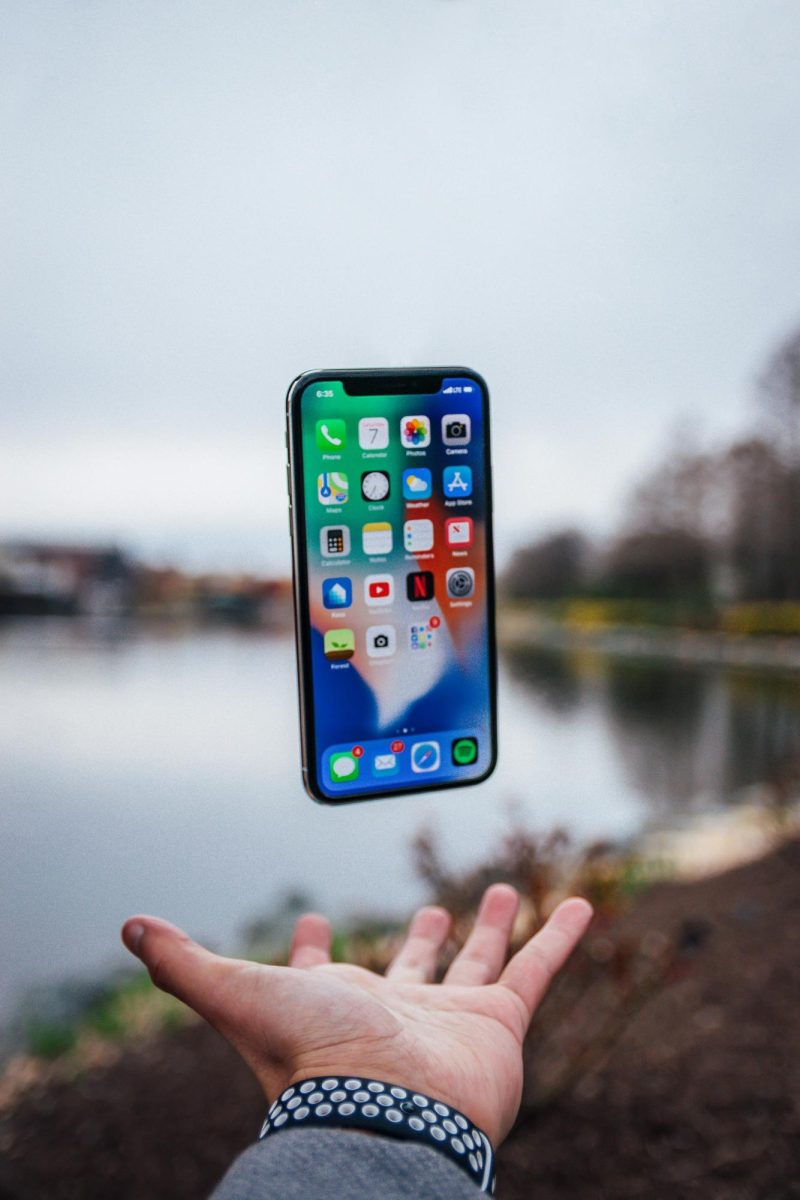Women Pay More for the Color of Packaging
May 30, 2023
Have you ever stepped into a store, looking for a razor or shampoo bottle, only to find that the women’s one is two dollars more expensive than the exact same men’s product? Well that is something called Pink Tax. The pink tax targets women and girls by charging more on products that would be lower, were it towards men, in turn making it discriminatory and stereotypical.
March 14 2022, not only is that pi day, but it also marks the day that most women have finally reached equal pay to what their male colleagues the year prior. Have you ever heard the saying how women only receive 82 cents for every dollar a man gets? Well that is correct, women do not get equal pay to their male colleagues that do the exact same, sometimes worse, job. As explained by Senate.gov, on average women are paid less than men, with only 82 cents for every dollar, but for Black and Latina women that is closer to 63%, almost half of what a man makes.
Now, 28 cents may not seem too bad, but let’s do a little math. If a man earns 1000 dollars, that 28 cents turns into $280. An average man’s salary in 2020 was about $45,000, if you multiply proportionally, for a woman that would have only been $36,900. The pay gap is large, but the effects are even larger. Because of this pay gap, women are more likely to fall into poverty than men. A study done in 2023 by The United States Census bureau showed that 13% of women were in poverty, and for men it was 10%. And that number is almost double for Hispanic and African American women, at 22% in America. This is due to the average salary of women being only $45,097, when a man’s is $55,291 now in 2023.
Besides the gap in wages, women have to pay significantly more for hygiene products than men. As reported by the US Government Accountability Office, women pay, on average, 7% more for gendered-targeted items like toiletries and clothing. This may not seem like a lot of money, but that can add up to a lot. As the Federal Trade Commision discloses, there is a 15% increase between gendered razor cartridges. This means that when cartridges cost $14.06 for men, they would cost $16.17 for women. If you need to buy new cartridges every month, a man would save $25.32 more per year. Even at a local Rite Aid, just in Narberth, a 4 pack of razor cartridges costs $21.99 for men and $23.99 for women. These charges are detrimental to a woman’s bank account and possibly their mental health as well.
Menstrual products are yet another item that women are forced to pay taxes on. In 22/50 states, tampons, pads, and other period items are included in sales tax. Luckily, Pennsylvania is tax-exempt, but menstrual products aren’t provided in schools or jails. Texas on the other hand charges a sales tax and doesn’t have products in schools, but has readily available and free tampons in prisons. Females who live in other states that have the so-called “tampon tax” end up paying between $100-$225 throughout her life, simply because she menstruates. Even without these taxes, women still earn approximately 82¢ for every dollar a man makes. Making girls and women paying extra to deal with a bodily function is equivalent to having to pay extra for bandages or toilet paper.
Although some states are taking measures to prevent these unfair taxes and upcharges, we are nowhere close to solving this problem. We need to make adjustments to not only the surcharges, but the wage gaps as well. We can’t make women pay more for products than men while still having less pay. Changes need to be made so women stop getting targeted for products that are noticeably cheaper for men because the pink tax targets women and girls by charging more on products that would be lower, making it discriminatory and stereotypical.





















